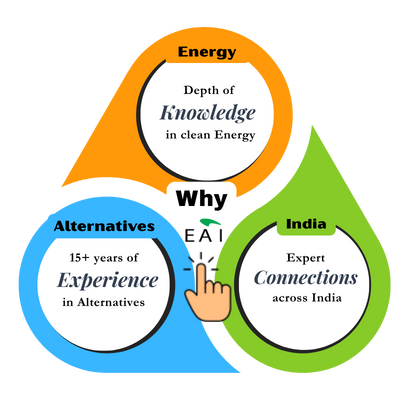China starts hydrogen-based locomotive ‘Ningdong’, claimed to be world’s most powerful; has capacity to run for 190 hours non-stop.
Here’s an article posted in SCMP.
According to the article,
- China is converting locomotives to run on hydrogen power, a clean and sustainable alternative to traditional fossil fuels.
- Hydrogen locomotives use fuel cells and hydrogen tanks mounted on the roof of the train to produce electricity and water vapor through a reaction between hydrogen and oxygen.
- Hydrogen can be produced from various sources, including renewable energy sources like wind and solar power, making the process of generating “green hydrogen” clean and sustainable.
Several countries have successfully implemented hydrogen rail technology, showcasing its potential as a sustainable alternative to traditional diesel trains. Here are some notable examples:
Germany
Germany introduced the world’s first hydrogen-powered passenger train, the Coradia iLint, in 2018. The country continues to expand its hydrogen train network, with ongoing projects aimed at integrating hydrogen trains into both regional and long-distance services. For instance, the FCH2Rail project has been involved in testing hydrogen trains in various regions, demonstrating the feasibility of this technology for reducing emissions in rail transport.
Net Zero by Narsi
Insights and interactions on climate action by Narasimhan Santhanam, Director - EAI
View full playlistUnited Kingdom
The UK has also made significant strides in hydrogen rail technology. The HydroFLEX train, developed by Porterbrook and the University of Birmingham, is the UK’s first hydrogen-powered passenger train. It has undergone trials to assess its performance and viability for commercial use. Additionally, the UK government has shown support for hydrogen initiatives, aiming to decarbonize transportation and promote cleaner energy solutions.
Italy
Italy is set to welcome its first hydrogen trains, with Alstom supplying Coradia Stream H models to the regions of Puglia and Lombardy. These trains will replace existing diesel trains. The initiative is part of the EU’s funding program for hydrogen technologies.
Portugal
Portugal has begun testing hydrogen trains as part of the FCH2Rail project, which aims to develop bimodal hydrogen fuel cell-powered trains. This initiative marks the first operation of hydrogen trains in the country, contributing to the European effort to reduce emissions from rail transport.
Interestingly, we have some other posts related to this content:
Green Hydrogen Locomotive Design by SERA: Sierra Northern Railway unveils hydrogen-powered switching locomotive to reduce emissions, backed by $4m funding from California Energy Commission. Ammonia-Hydrogen Engine by Deutsche Bahn and Fortescue: Green Railways Deutsche Bahn and Fortescue are experimenting with an ammonia-hydrogen engine based on a modified diesel engine to utilize green ammonia and hydrogen. Hydrogen Trains in UK: Alstom’s Emission-Free Innovation: Alstom’s hydrogen trains to replace diesel locomotives in Britain by 2022, offering emission-free, quiet travel with a 1,000 km range and 140 km/h speed.





 Our specialty focus areas include
Our specialty focus areas include



